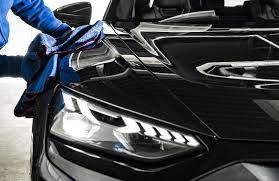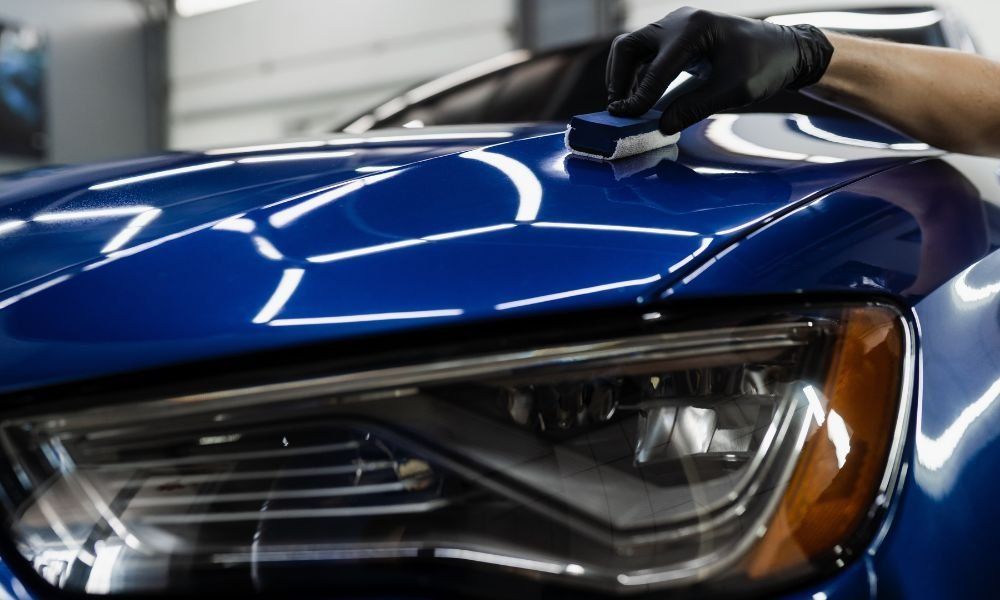Getting your car’s interior to look like a million bucks doesn’t have to be difficult or expensive. All you need are raleigh car detailing and right tools, some elbow grease, and expert tips from professional detailers. Whether you’re looking for a quick spruce-up or an intensive deep cleaning session, these five expert tips will help you get your car’s interior looking its best in no time at all. With just a little effort and attention to detail, you can ensure that your car feels as good inside as it looks on the outside.
1. Remove All Trash
The car’s interior is where many of us store our belongings. Receipts, spare change, gym shoes, and more can pile up over time. The best way to get your car clean is to remove all trash from the vehicle and its surroundings. You can do this by tossing out wrappers, empty cups, old receipts, and anything else that doesn’t belong in your car.
This is also a good time to hose your floor mats off and give them a nice shake to work with loose dirt and hair tucked under the carpet. Most importantly, do not hose off your car’s exterior or allow it to get too hot. Heat speeds up the drying of soap and water, which can cause stubborn water spots.
2. Take Out Your Floor Mats
A car interior can be just as messy as the exterior, and floor mats are often one of the first things to get dirty. However, they’re easy to clean with little attention and basic tools. The best way to clean floor mats is to remove them from your vehicle and shake them out thoroughly. This will help loosen heavy soils and prepare them for cleaning.
3. Vacuum the Interior
Your car’s interior must be vacuumed regularly to keep it clean. It also helps to protect your upholstery from wear and tear. Use a portable handheld vacuum with powerful suction and good battery life to make your job easier. Look for one with an attachment that can reach between crevices and cracks so you can get all of the debris out of your car.
Vacuuming your car is a very satisfying step in the process, and it can make your interior look its best in no time. But it’s important to take your time and pay special attention to areas that accumulate dirt and grime, like the seats and floor mats.
4. Clean the Dashboard
Your dashboard may be overlooked when detailing your car’s interior, but it can make or break your look. It’s often the first thing a passenger sees when they walk into your vehicle and can accumulate dust, dirt, and oils over time. Cleaning your dashboard is easy if you have the right tools. You can use a duster, vacuum, brush attachment, and toothbrush to get into the nooks and crannies of the dashboard.
You can also apply a polish like olive oil, coconut oil, and petroleum jelly on your dashboard to make it shine and help prevent scratches. But like with any other car detail product, you’ll need to do a spot test on the surface of your dashboard to ensure it won’t damage or harm it.
5. Clean the Windows
Getting your windows clean is an essential part of detailing. Not only do they make the interior look great, but they can also help you see better and drive more safely. Start by sweeping away any cobwebs, loose dirt, and debris hanging around the window frame and hinges. Use a soft, dry microfiber cloth to wipe these areas down for best results.
Once the larger debris is gone, spray one window at a time with a commercial glass cleaner and gently wipe them clean with a microfiber cloth. Repeat this process with all the windows you want to clean.
The post 5 Expert Tips for Detailing Your Car’s Interior Like a Pro appeared first on Mobile Detail Man.




